Created by Mercedes-Benz’s California design studio, the Vision One-Eleven is a twofold endeavor. In one respect, it serves the role of traditional concept car: a sleek vision of the future. At the same time, the Vision One-Eleven is an homage to the legendary Mercedes-Benz C111 concept, particularly the C111 II that was presented in 1970 at the Geneva Motor Show. In its time it, too, was a wild attempt to imagine life on four wheels in the decades ahead.
Possibly the coolest car Mercedes-Benz never sold, the wedge-shaped, gullwing-doored C111 II was a world away from the staid sedans that made the bulk of the company’s production to date. Perhaps not quite as polished a design as the period’s finest Italian exotica, such as the Lamborghini Miura, the C111 II certainly wasn’t far off in terms of raw visual impact.

Contrary to the deepest desires of Turin’s “carrozzieri,” however, looking great on a turntable was never the C111 II’s end goal. Mercedes-Benz built six examples of the vehicle, each made to drive fast and hard, day in and day out. Combined with its arresting looks, this proven capability cemented the C111’s legendary status.
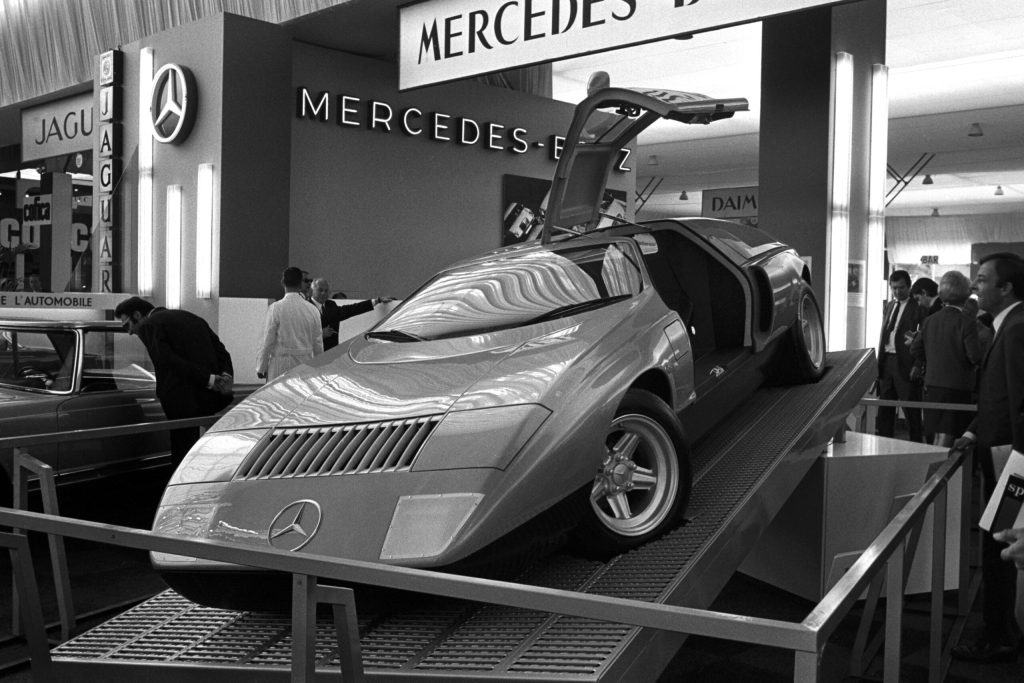
Consider that the Mercedes-Benz of half a century ago was a conservative, engineering-led company that didn’t deal in flights of fancy. The concept was meant to make a splash, yes, but the C111 project’s primary purpose was to serve as a high-performance testbed for a diverse range of technologies, chiefly among those the Wankel rotary engine. In fact, the C111 II was equipped with the most advanced rotary powerplant built by Mercedes-Benz: the four-rotor DB M950 KE409 with direct fuel injection, whose 350 horses powered the prototypes a top speed of more than 180 mph.
With such formidable performance, looks to die for, and a halo from Mercedes-Benz’s then-impeccable reputation for peerless engineering integrity, blank cheques for the C111 started rolling in from customers who viewed it as the spiritual successor of the unforgettable 300SL. All requests were, however, politely rejected; the C111 was never meant for production, which we can also say of its modern counterpart.
Although the two axial-flux electric motors powering today’s Vision One-Eleven may not ignite the enthusiasts’ imagination quite the same way a high-powered rotary does, they indeed represent the current state-of-the-art in powertrain technology. Perhaps more relevant is that electric propulsion promises to play a much more significant role in our future mobility than any other emerging tech, let alone Felix Wankel’s troubled brainchild. Mercedes-Benz itself abandoned the rotary soon after the C111, switching the program’s focus toward diesel power.
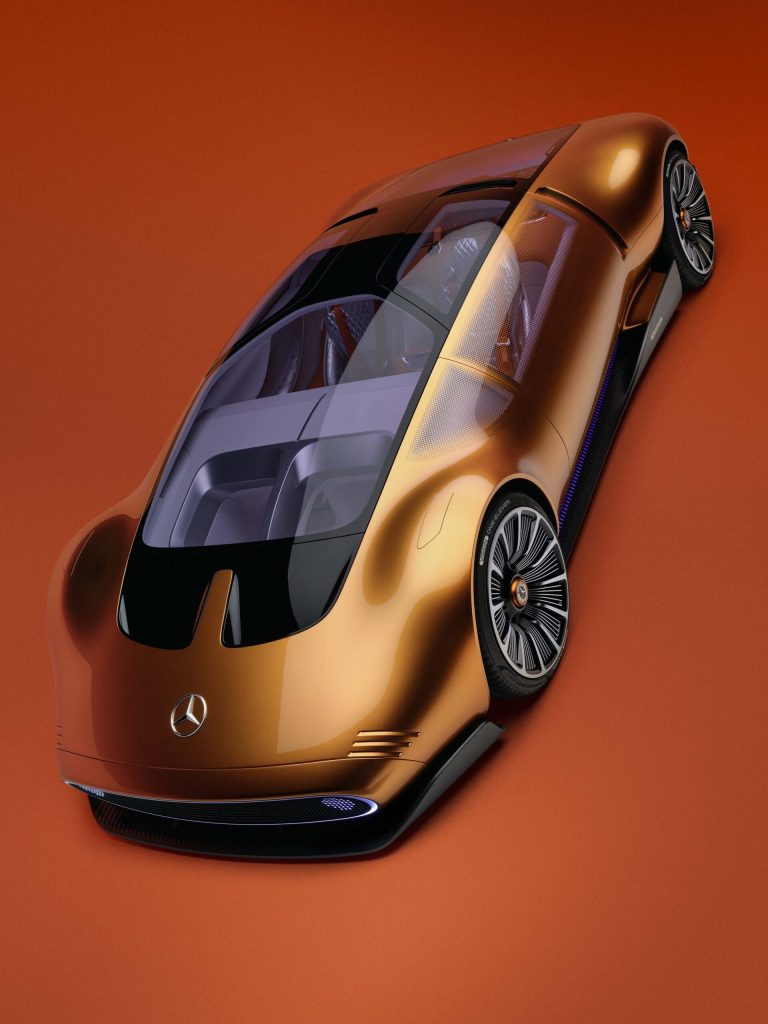
Despite the cutting-edge powertrain and impressive battery technology on board, there’s no mistaking the Vision One-Eleven for anything but a styling-led showcase. And, unlike the C111, this concept probably won’t be caught anywhere near a test track. For some that’s a critical disconnect, reason enough to dismiss the Vision One-Elven as a shallow nostalgia play to leverage some half-century-old gravitas from a concept that actually pushed the envelope.
Remember, too, that the C111 was a clean-sheet idea that came out of the blue. The Vision One-Eleven follows a long series of Mercedes-Benz concept cars with which it shares a signature style, to the point it might as well have been painted silver and given another name. The so-called “sensual purity” design language, spearheaded by long-time Mercedes-Benz design boss Gorden Wagener, is characterized by smooth curves and large, uninterrupted surfaces almost entirely devoid of character lines.
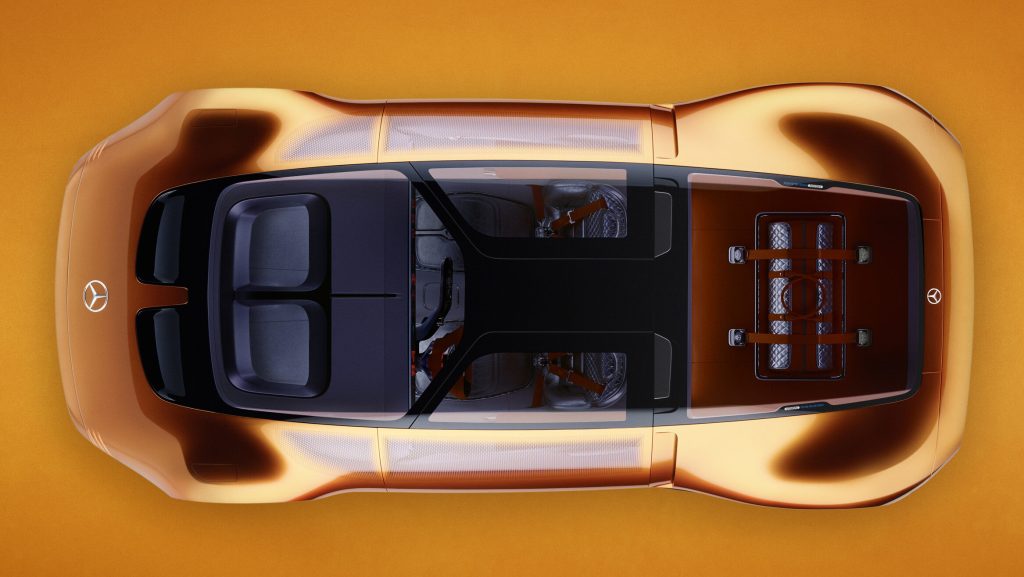
Character lines are the lines, or creases, on a vehicle’s body that serve solely an aesthetic purpose, but you’ll have a hard time finding any on the Vision One-Eleven, or on any other of the latest Mercedes-Benz concept cars, for that matter.
While I’ll be the first to admit that “sensual purity” has made for some visually impressive and refreshingly minimalist concept cars over the last decade, its application on production Mercedes-Benz models has rarely produced a compelling a result. The possible outlier here is the oh-so-lovely AMG GT coupé.
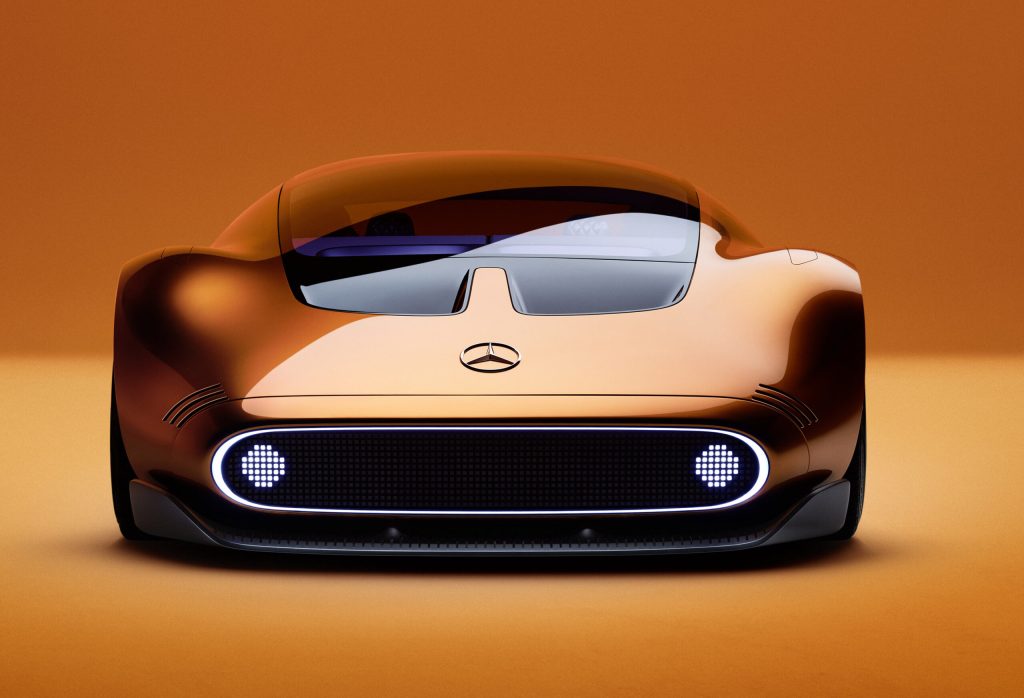
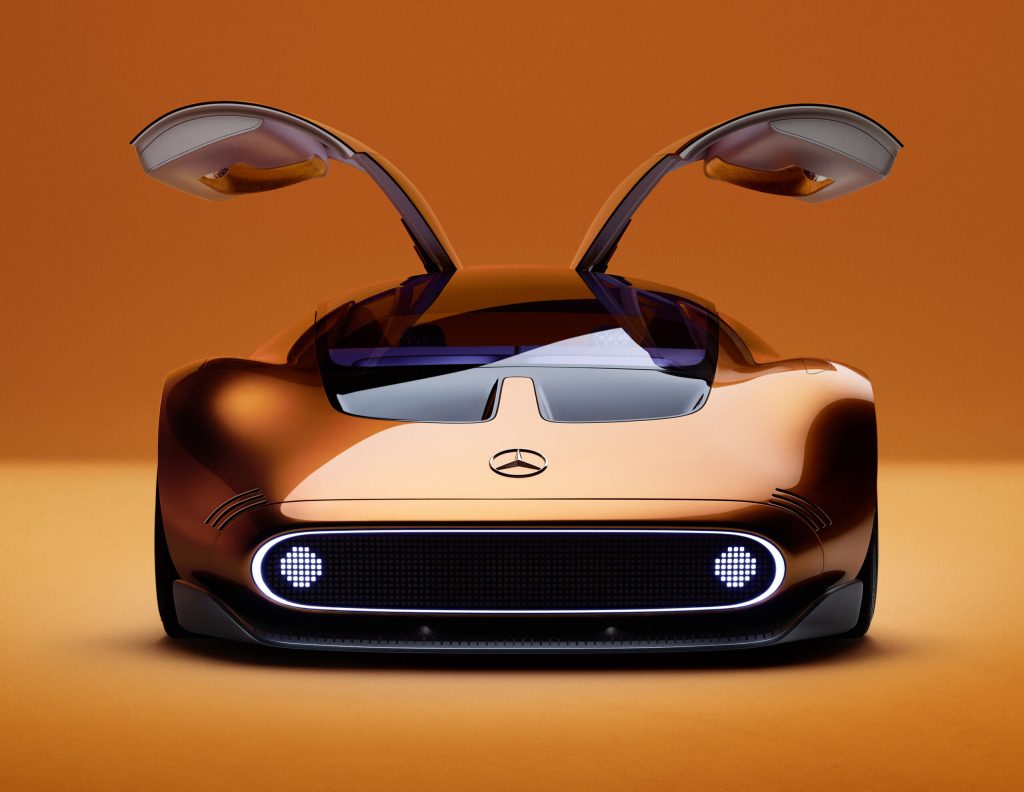
The front end is where the Vision One-Eleven more directly apes its illustrious predecessor, with the twin blacked-out air outlets neatly merging with the windscreen’s graphic and the three-pointed star sitting directly on the orange-painted surface rather than inserted into a grille as usual.
That’s likely because the electric Vision One-Eleven doesn’t have a grille, so its large black “mouth” serves as nothing more than a gimmick—there just to offer a pixelated representation of the C111’s large round foglights. This is nevertheless my favorite part of the design, and arguably the most visually appealing, with the smooth curvature of the fenders and bold graphics vaguely evoking another gorgeous retro-futurstic concept car: Pininfarina’s Maserati Birdcage 75th from 2005.
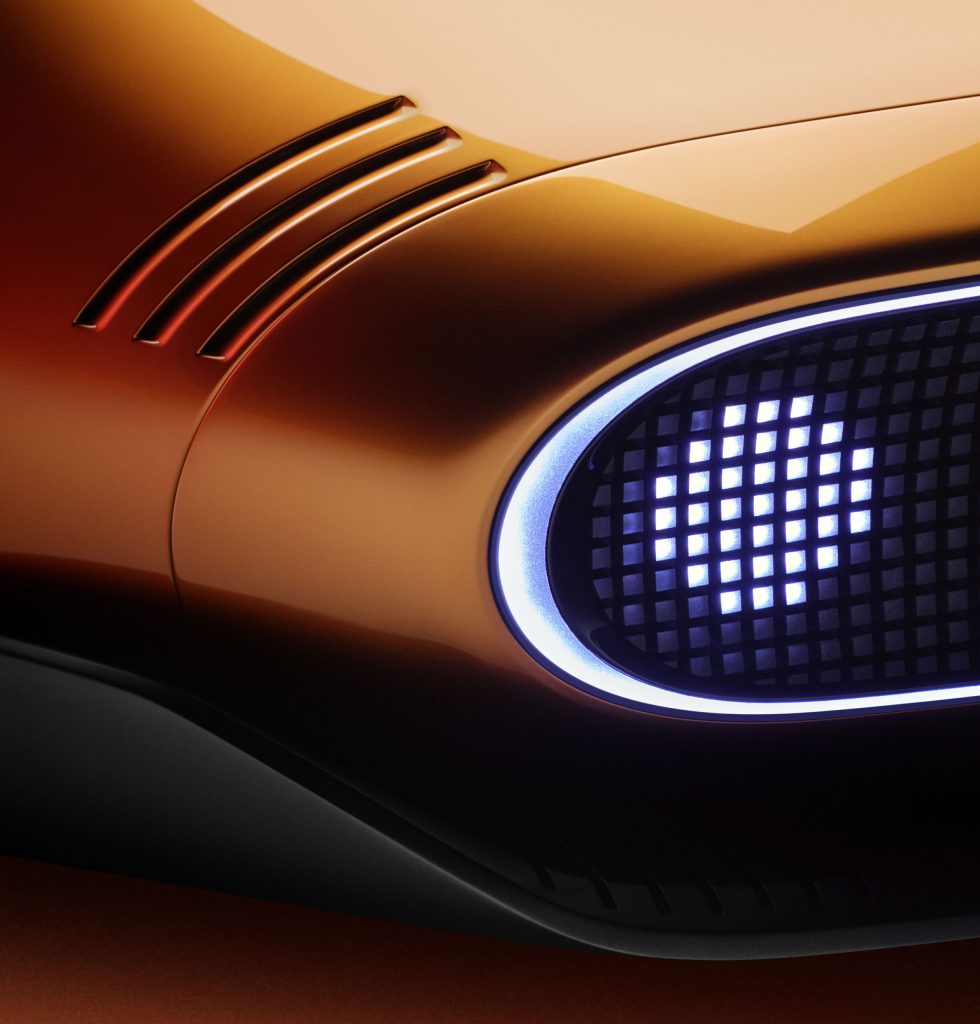
Things really diverge between the Vision One-Eleven and the C111 II when we look at the interior design. Although impressively well-laid out for an experimental vehicle, the C111’s snug cockpit was a decidedly sombre affair in which form closely followed function, leaving little room for stylistic flourishes.
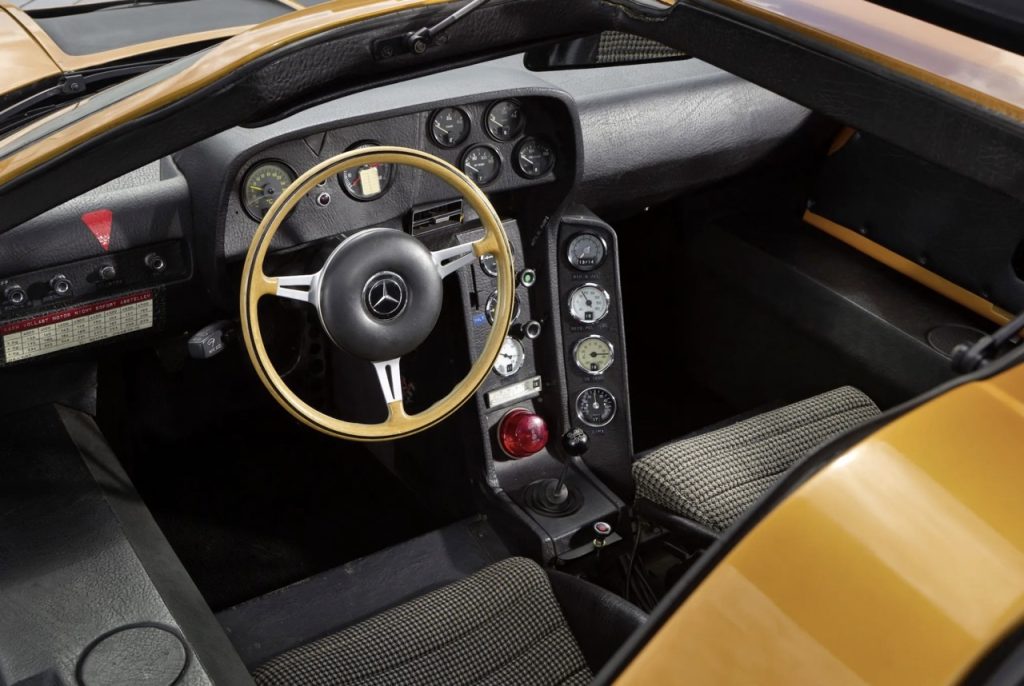
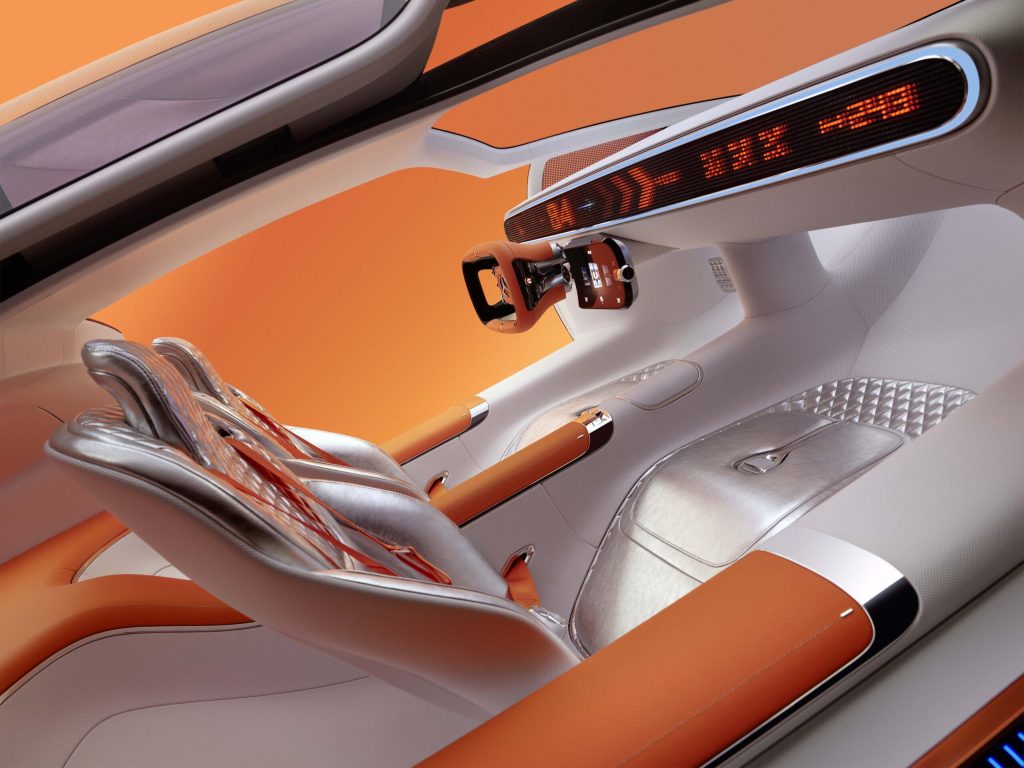
Things couldn’t be more different aboard the Vision One-Eleven, in which the compactness of its electric powertrain creates a much larger cabin for Mercedes-Benz’s designers to really flex their muscles. It’s an inspired mix of the somewhat clinical all-white ambience (characteristic of most recent Mercedes concept cars) and various influences from the late 1960s and early 1970s. The seats’ elongated lounge-chair shape is reminiscent of many period show cars, such as Chevrolet’s Astro I or the Manta Ray, and I just can’t look at their shiny silver upholstery without thinking about that of Bertone’s Lamborghini Marzal from 1967.
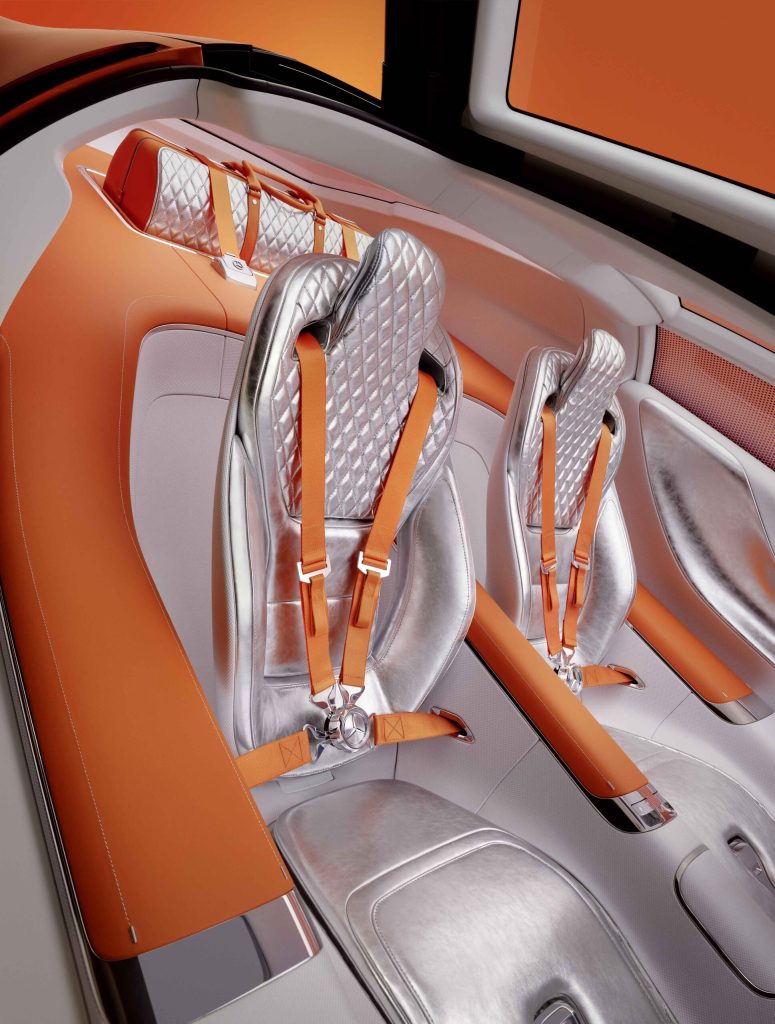
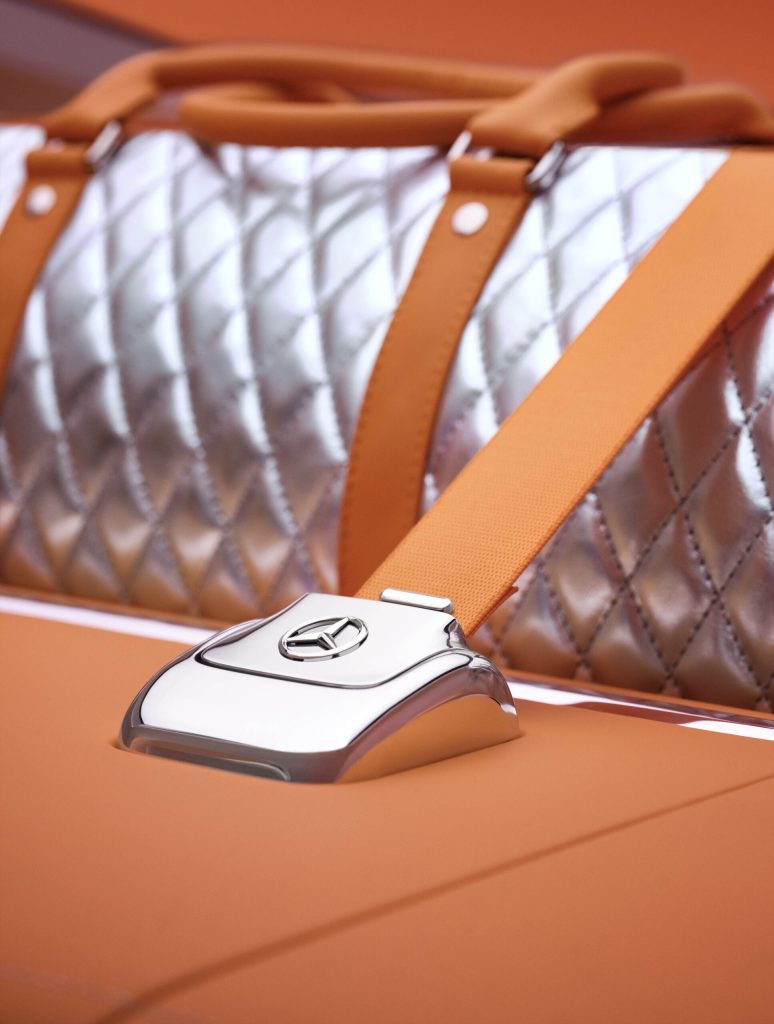
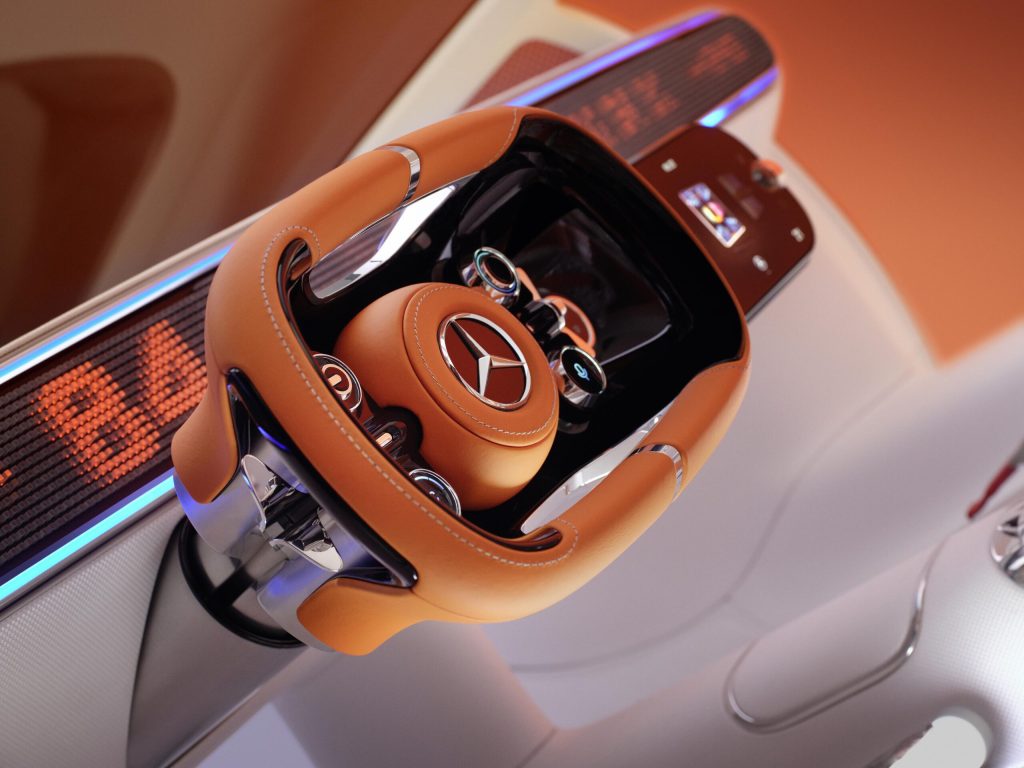
Ultimately, the Vision One-Eleven is yet another slick concept car whose legacy is unlikely to leave much of a mark. This is in no way the fault of the designers, whose fine work here is reflective of their passion and competence. The design brief itself, to recall such an irreplaceable classic, invites the risk that the successor cannot measure up to a beloved piece of Mercedes history.
No speed or endurance records will be broken. An amazing production model along these lines is unlikely to follow. Yes, the clever engineering behind the Vision One-Eleven’s highly efficient battery and electric motors may in some form find their way into upcoming Mercedes models, but Vision One-Eleven’s time in our collective memories is likely going to be measured in weeks rather than decades.
*
Matteo Licata received his degree in Transportation Design from Turin’s IED (Istituto Europeo di Design) in 2006. He worked as an automobile designer for about a decade, including a stint in the then-Fiat Group’s Turin design studio, during which his proposal for the interior of the 2010–20 Alfa Romeo Giulietta was selected for production. He next joined Changan’s European design studio in Turin and then EDAG in Barcelona, Spain. Licata currently teaches automobile design history to the Transportation Design bachelor students of IAAD (Istituto di Arte Applicata e Design) in Turin.









